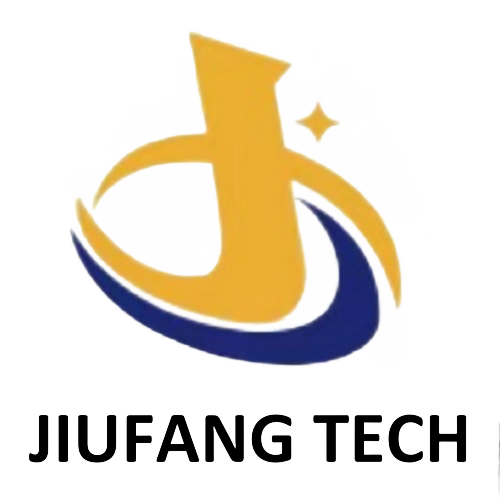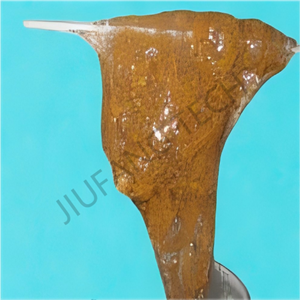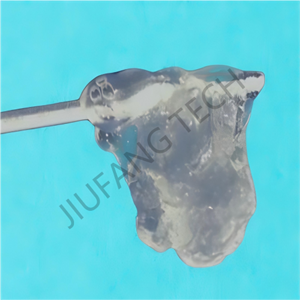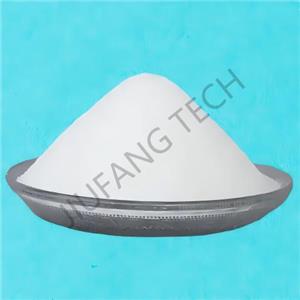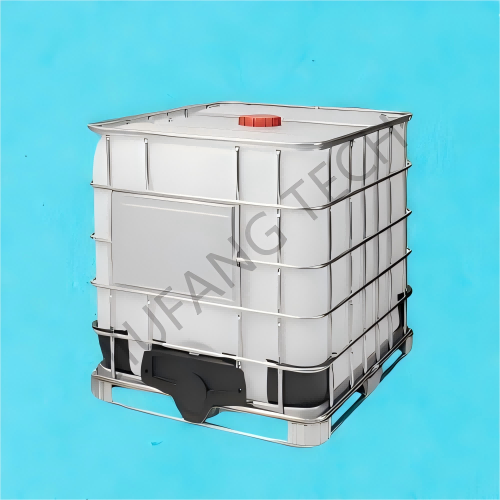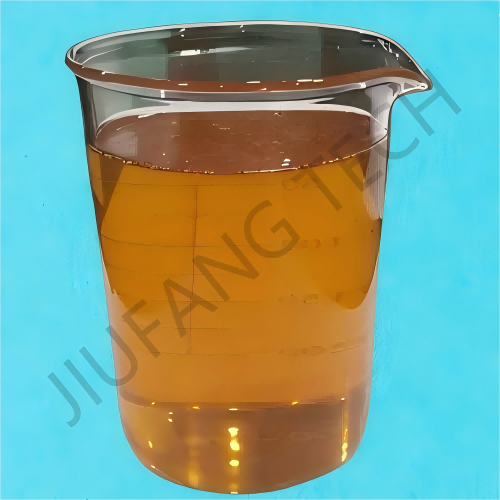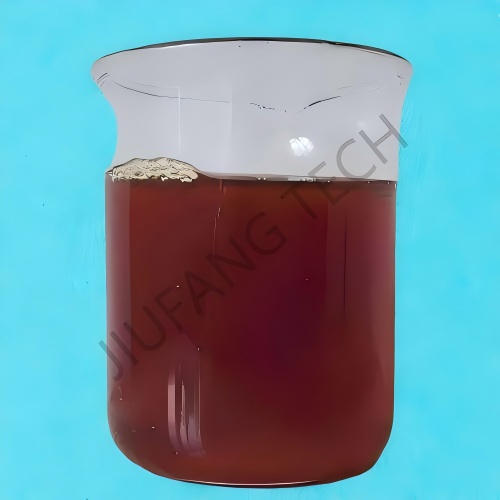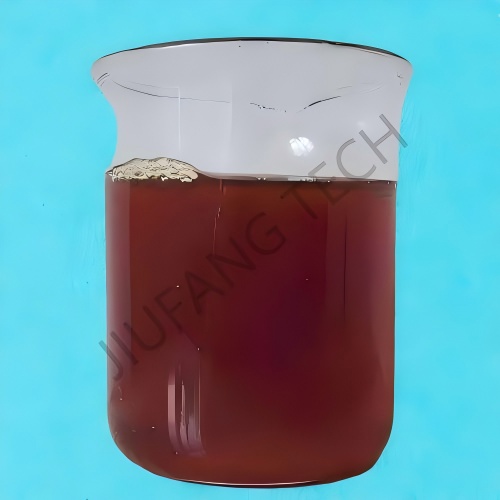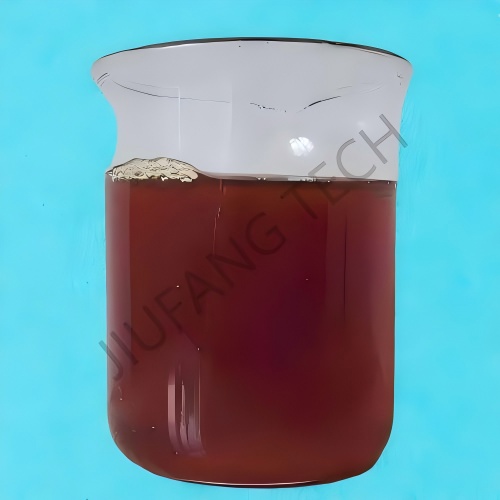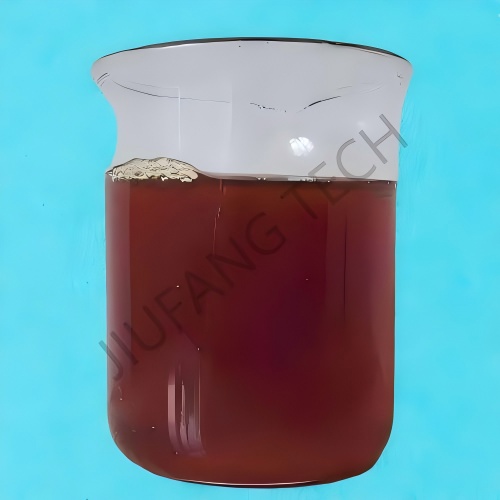
Reverse Demulsifier For Separating Oil From Water in Oilfield
Brand Shenyang Jiufang
Product origin China
Delivery time Lead time: 7days
Supply capacity 10000MT/Year
Reverse demulsifier is a kind of specialty chemicals used for oily water separation from oil.
We can offer about 40 different kinds reverse demulsifiers.
Reverse demulsifier for oily wastewater--Top-quality oil treatment.
Reverse demulsifier for oily water separation--Clear oil-water interface, Zero residual emulsion.
Download
How to use reverse demulsifier? It is based on different types of oily wastewater and selecting different reverse demulsifier. By using the correct reverse demulsifier for oily wastewater, as a reverse demulsifier factory,we can get good performance in separating oil from water.
The use of reverse demulsifier typically involves the following steps:
1. Sample Analysis: Before use the reverse demulsifier for oily wastewater separation, it's essential to conduct a detailed analysis of the composition and properties of the oily wastewater. Reverse demulsifiers in China sample analysis helps determine the appropriate type and dosage of the reverse demulsifier.
2.Selecting the Right Reverse demulsifier: As mentioned, different oily wastewater requires different reverse demulsifier. Factors such as the type and concentration of oil, the presence of other contaminants, and the pH of the wastewater all influence the choice.
3. Dosage Determination of reverse demulsifier for oily water separation: Based on the results of the sample analysis, an appropriate dosage of the reverse demulsifier should be calculated. Usually, this is done through jar tests or by referring to the manufacturer's(Reverse demulsifier factory) recommendations.
4. Mixing: The reverse demulsifier needs to be thoroughly mixed with the oily wastewater. This can be achieved through various means such as mechanical agitation or injection at specific points to ensure uniform distribution.
5. Reaction Time: After mixing, allow sufficient time for the reverse demulsification process to occur. The reaction time can vary depending on the characteristics of the wastewater and the reverse demulsifier.
6. Separation: Once the reaction is complete, the oil and water phases will separate. This can be facilitated through methods like sedimentation, centrifugation or the use of coalescing devices.
Precautions for Formula Optimization
1. Adaptation to Emulsion Properties:
If the emulsion oil droplets carry a strong negative charge (for example, when containing anionic emulsifiers), cationic demulsifiers (such as quaternary ammonium salts) should be preferentially selected.
If the emulsion is neutral (such as mineral oil wastewater), non - ionic types (such as polyethers) or composite types are more suitable.
2. Adjustment According to Environmental Conditions:
At low temperatures (<20℃), the proportion of small-molecule alcohols (such as ethanol) can be increased to reduce viscosity and promote diffusion.
At high pH values (>9), the cationic components should be reduced (as they are prone to hydrolysis), and polyamine - based polymers (with alkali resistance) should be increased.
3. Evaluation of Demulsification Efficiency
Optimization is carried out through indicators such as "oil - water separation time", "oil content in the water phase", and "water content in the oil phase". Generally, the effective dosage is 0.1 - 1 g/L (specifically depending on the emulsion concentration). The formula of the inverse demulsifier needs to be "custom - made" according to the actual application scenarios. The above examples can serve as a basic framework, and the component ratios can be adjusted through small - scale tests to achieve the best results.
